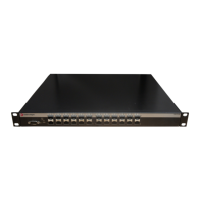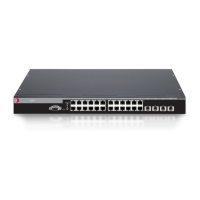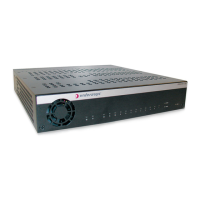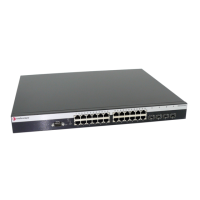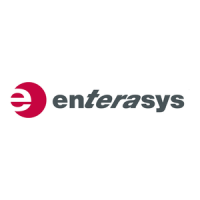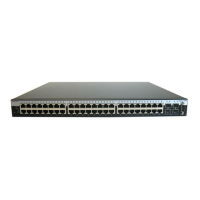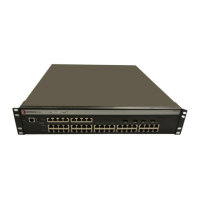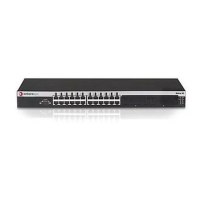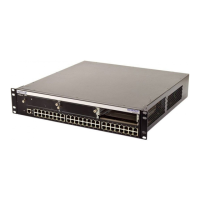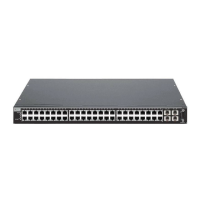Using the Command Line Interface
1-10 Introduction
Figure 1-6 Abbreviating a Command
Basic Line Editing Commands
The CLI supports EMACs-like line editing commands. Table 1-3 lists some commonly used
commands.
C3(su)->sh net
Active Internet connections (including servers)
Proto Recv-Q Send-Q Local Address Foreign Address State
----- ------ ------ --------------------- --------------------- -------
TCP 0 0 10.21.73.13.23 134.141.190.94.51246 ESTABLISHED
TCP 0 275 10.21.73.13.23 134.141.192.119.4724 ESTABLISHED
TCP 0 0 *.80 *.* LISTEN
TCP 0 0 *.23 *.* LISTEN
UDP 0 0 10.21.73.13.1030 134.141.89.113.514
UDP 0 0 *.161 *.*
UDP 0 0 *.1025 *.*
UDP 0 0 *.123 *.*
Table 1-3 Basic Line Editing Commands
Key Sequence Command
Ctrl+A Move cursor to beginning of line.
Ctrl+B Move cursor back one character.
Ctrl+D Delete a character.
Ctrl+E Move cursor to end of line.
Ctrl+F Move cursor forward one character.
Ctrl+H Delete character to left of cursor.
Ctrl+I or TAB Complete word.
Ctrl+K Delete all characters after cursor.
Ctrl+N Scroll to next command in command history (use the CLI history command to
display the history).
Ctrl+P Scroll to previous command in command history.
Ctr1+Q Resume the CLI process.
Ctr1+S Pause the CLI process (for scrolling).
Ctrl+T Transpose characters.
Ctrl+U or Ctrl+X Delete all characters before cursor.
Ctrl+W Delete word to the left of cursor.
Ctrl+Y Restore the most recently deleted item.
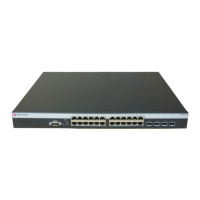
